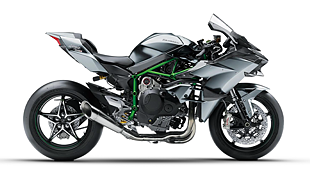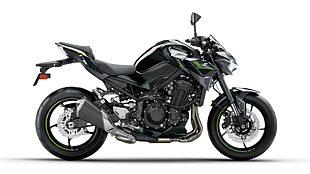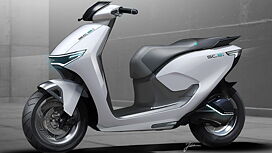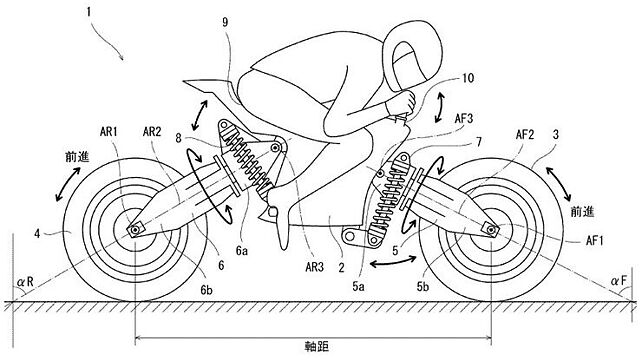
- Kawasaki files a patent for a radical motorcycle layout
- Features two-wheel drive with in-wheel electric motors
- Tilting wheel mechanism with the front and rear wheels tipping in the opposite direction
When it comes to radical concepts, Japanese brands seem to have a knack for thinking out of the box. That is because, from what can be derived from the images, Kawasaki seems to be aiming at reinventing the motorcycle, quite literally! A new patent application has surfaced on the internet which showcases a two-wheeled layout of a machine which resembles a motorcycle, but that’s where it ends. There is no front section featuring a handlebar, but rather a fixed hoop for the rider to hold on to. Unlike conventional motorcycles where one needs to turn the steering in order to change direction, this concept of motorcycle requires the rider to shift weight from one side to the other in order to turn.
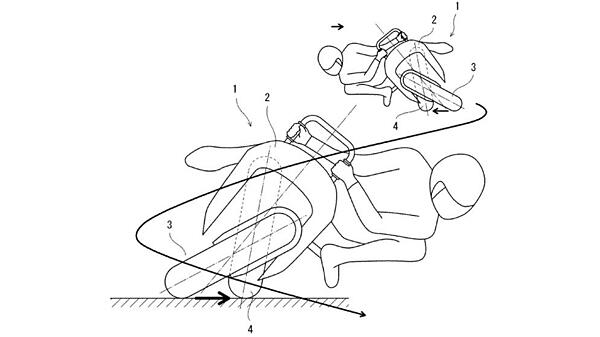
The balancing job is controlled by a series of sensors that read the weight distribution around the motorcycle and use electric motors pivoted on an axis where the front and rear wheel are attached to the body to maintain balance. And at the time of negotiating a corner the front wheel tips beyond the lean angle of the motorcycle while the rear wheel tips the other way which means close to being upright with the ground. While it sounds and looks very confusing in theory, it works out in turning the motorcycle.
Now, because the wheels change their lean angles differently in relation to the motorcycle’s body, a chain or belt drive will be extremely complicated to device and sustain in real-world conditions. To overcome this limitation, Kawasaki has resorted to having in-wheel mounted electric motors for the two-wheel-drive system. Power is provided to the electric motor from the battery located in the central section of the motorcycle.
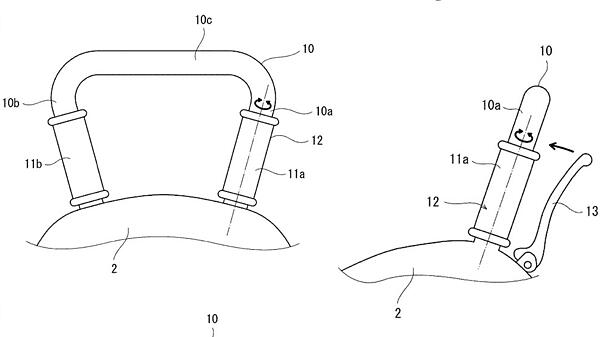
Furthermore, the concept design features a fixed loop-type handlebar instead of the conventional movable handlebar seen on regular motorcycles. However, Kawasaki has retained the twistgrip motion for the throttle and the brake lever with finger operation. Notably, the way the throttle grip is held by the rider raises a concern of the throttle getting twisted when one is negotiating a corner. Subsequently, the patent design is also accompanied by a second type of handlebar design with throttle-grips on both sides. While the whole idea of having two throttle-grips is complicated, further iterations of the concept should be easier to understand and operate.
Though the concept is still quite far away from production form, it does provide an insight into the possibilities the engineers at Kawasaki are exploring towards reinventing motorcycles. Keep a tab on this space for future updates on this radical concept from Kawasaki.

![Kawasaki Ninja 300 [2018-2019] Image Kawasaki Ninja 300 [2018-2019] Image](https://imgd.aeplcdn.com/272x153/bw/models/kawasaki-ninja300.jpg?20190103151915&q=80)
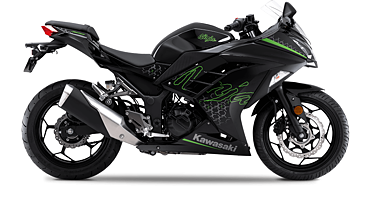
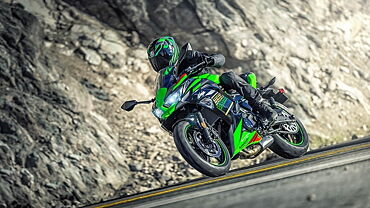
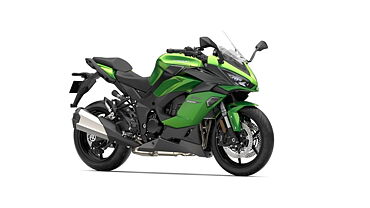
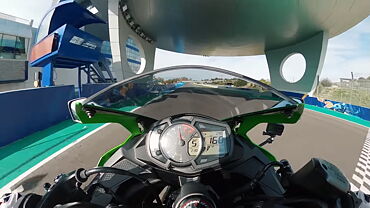
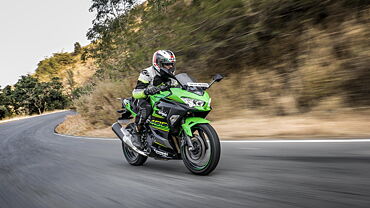

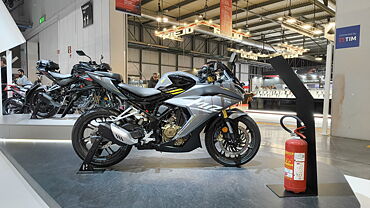


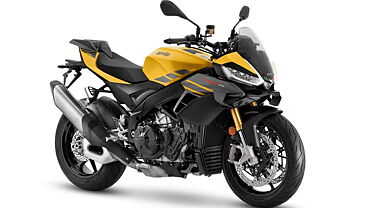
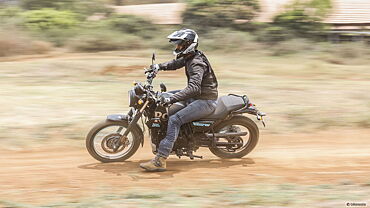
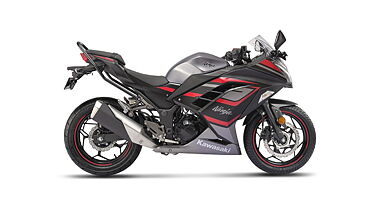

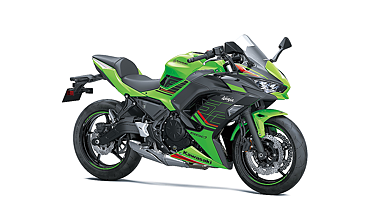
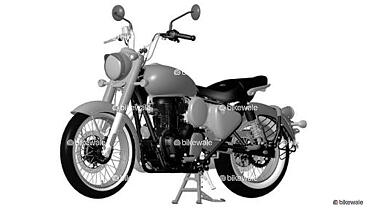
![Kawasaki Ninja 300 [2018-2019] Exterior Kawasaki Ninja 300 [2018-2019] Exterior](https://imgd.aeplcdn.com/199x112/bw/ec/36288/Kawasaki-Ninja-300-Exterior-137346.jpg?wm=2&q=80)
![Kawasaki Ninja 300 [2018-2019] Wheels-Tyres Kawasaki Ninja 300 [2018-2019] Wheels-Tyres](https://imgd.aeplcdn.com/199x112/bw/ec/33570/Kawasaki-Ninja-300-Wheelstyres-122944.jpg?wm=2&q=80)
![Kawasaki Ninja 300 [2018-2019] Wheels-Tyres Kawasaki Ninja 300 [2018-2019] Wheels-Tyres](https://imgd.aeplcdn.com/199x112/bw/ec/33570/Kawasaki-Ninja-300-Wheelstyres-122953.jpg?wm=2&q=80)
![Kawasaki Ninja 300 [2018-2019] Action Kawasaki Ninja 300 [2018-2019] Action](https://imgd.aeplcdn.com/199x112/bw/ec/33570/Kawasaki-Ninja-300-Cornering-122935.jpg?wm=2&q=80)
![Kawasaki Ninja 300 [2018-2019] Action Kawasaki Ninja 300 [2018-2019] Action](https://imgd.aeplcdn.com/468x263/bw/ec/36288/Kawasaki-Ninja-300-Action-137326.jpg?wm=2&q=80)
